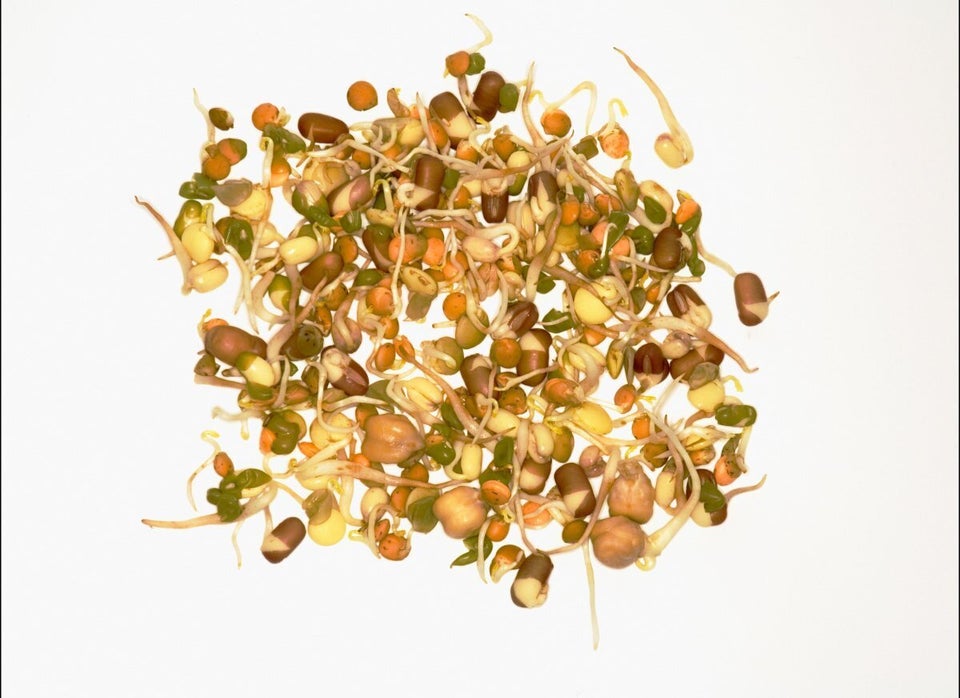It's a constant phrase echoed by health professionals all over the country, "Eat more fibre." At first glance, the recommendation may seem odd. After all, this food type is indigestible and appears to offer little to no nutritional benefit. Yet over the years, research has shown fibre is an excellent addition to any healthy diet.
There are two well-known benefits to increasing our fibre intake. The first deals with increasing the bulk load in the intestines. This can help reduce appetite and aid in ensuring a more regular bathroom routine. The second involves the microbes in the gut. Species known to be beneficial love to digest fibre and as such, these populations can thrive.
But earlier this month, an international team of researchers discovered even more benefits to fibre. Based on their findings, eating the indigestible may help our bodies stay balanced. Even more interesting, these improvements may occur without the help of our gut bacteria.

The team worked with mice for the study. One group was the control while the other was comprised of germ-free animals, meaning they were born and raised in absence of bacteria. The team fed these animals a variety of diets to gain a wide spectrum perspective. The first diet mimicked the Western diet, filled with high amounts of sugar and saturated fat. Another was low fat, similar to a healthier eating regimen. Two more diets also were used. They were based on the Western diet with the addition of two different types of fibre, one based on corn and the other based on wheat starch.
After several weeks, the mice were examined for a variety of changes to their body composition, mass, and immune function. Some of the results were expected. The mice eating the Western diet gained weight, had a reduced microbial diversity, and suffered troubles with metabolism. In a similar manner, the healthy diet helped mice stay relatively balanced throughout. There were no differences between mice with gut bacteria and those without.
The addition of fibre to the Western diet changed all that. The supplements helped to reduce the ill effects of the high sugar and fat. The mice didn't gain as much weight and their ability to metabolize sugars improved. In the mice with bacteria, the addition of the indigestible sugars improved diversity and helped to balance out the immune system such that there was little inflammation.
The real surprise of this study was seen in those mice without microbes. Based on all previously available evidence, the lack of bacteria would lessen the positive impact of fibre. Yet, when the mice were examined, they too showed significant improvements in health. The most dramatic were the stabilization of metabolism as well as a decrease in inflammation in these animals. This suggested that fibre on its own had the ability to ensure our bodies can utilize nutrients effectively and not end up dealing with inflammation.

There was, however, one particular change that did not occur. The mice did not lose weight. Both the germ-free mice and those with bacteria gained about the same amount with all three Western diets. This suggested fibre, while great for the body, did not alter the pathways needed to reduce the formation of fat on the body. Only a calorie-restricted diet would have those lasting effects.
The results of this study shed some new light on the benefit of fibre in the diet. Though this food source may not help reduce weight, the overall improvement in nutrient metabolism and immune status, definitely highlight why so many recommend its intake. Even more fascinating, thanks to this study, is the realization of the value of fibre even when there are no bacteria present.
While in this study, the mice were fed specific types of fibre, based on the results, an increase in all types of these indigestibles may be an excellent means to stay healthy. This means adding vegetables, grains and specialized versions known as prebiotics to your diet. As for how much fibre is needed, that may vary for each individual. Based on the results of this trial, there appears to be a dose-dependent effect, however this was not examined in depth. Yet, as there is no risk to eating too much fibre, finding out how much is right for you may be simply a matter of personal gastronomical experimentation.
Follow HuffPost Canada Blogs on Facebook
Also on HuffPost:
